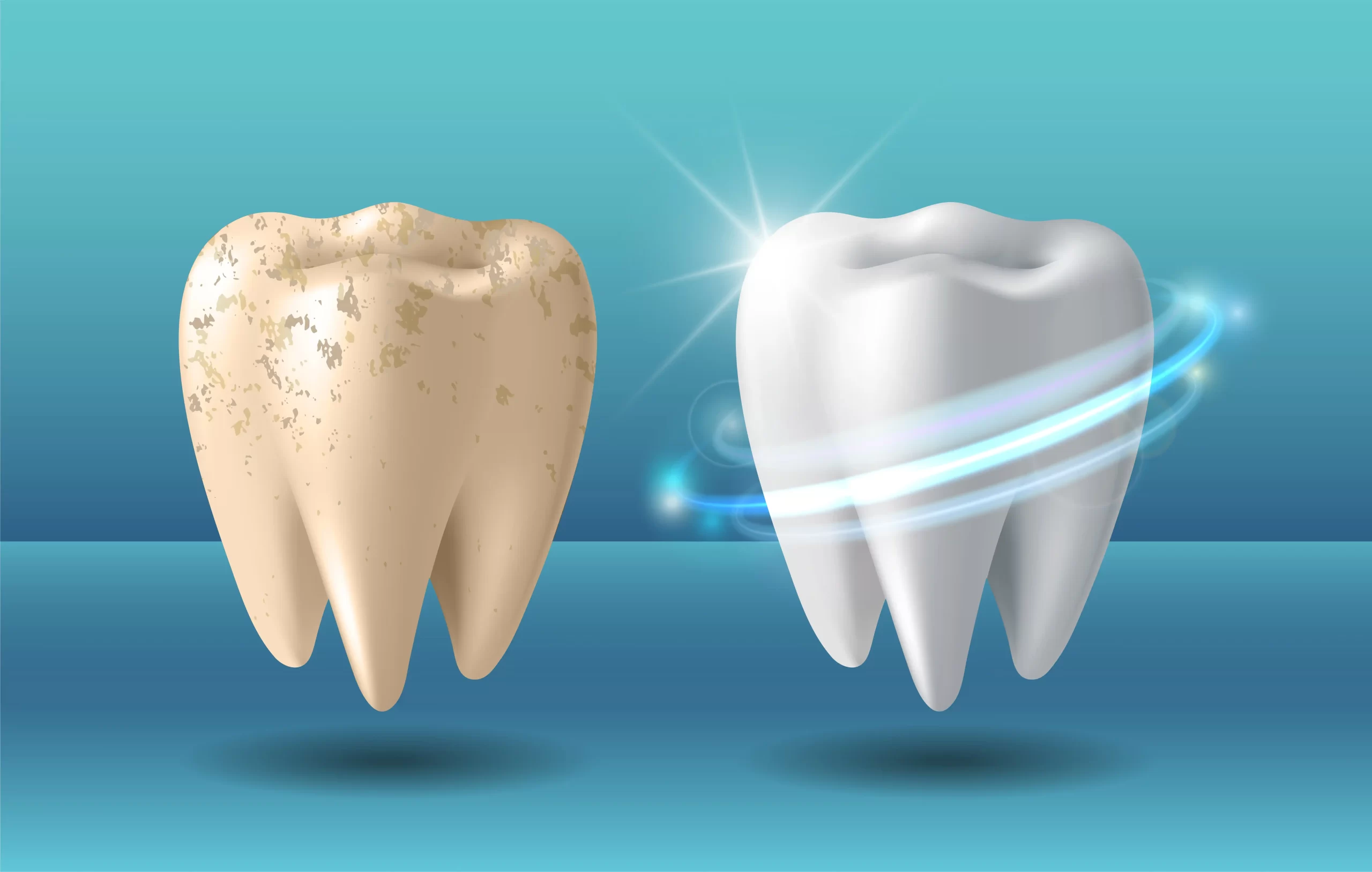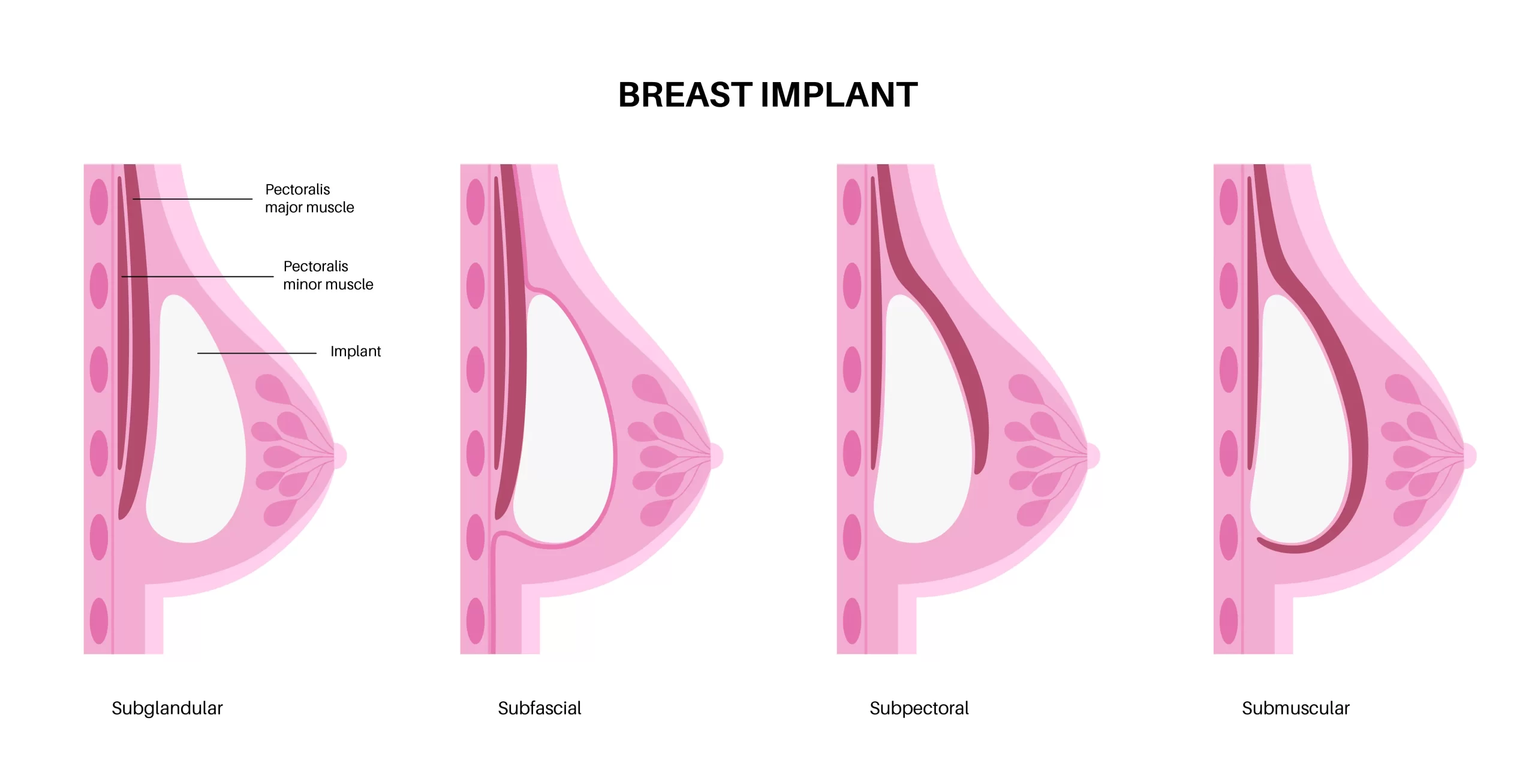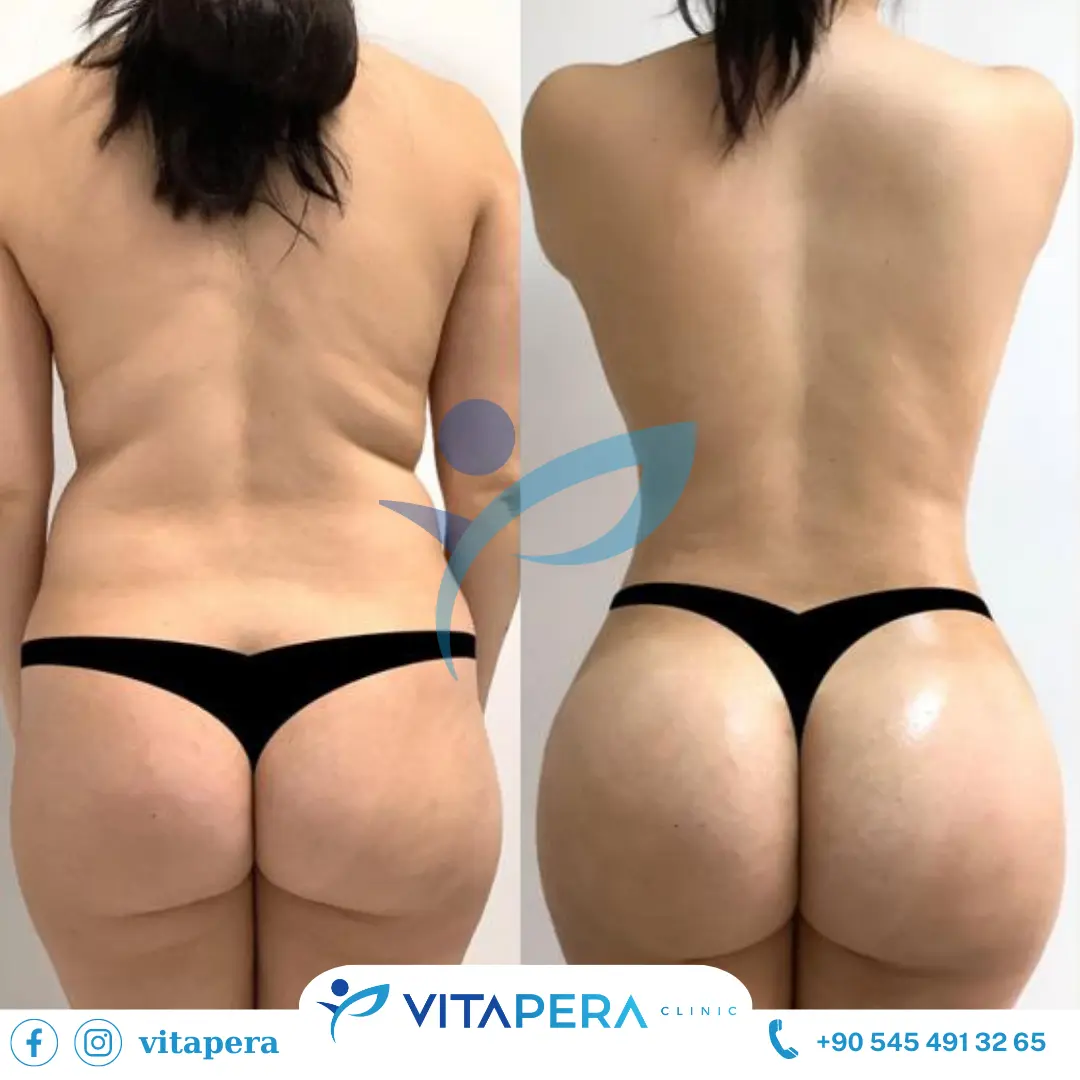Maintaining good dental health is essential for more than just a bright smile, it impacts your overall well-being. Your teeth play a critical role in eating, speaking, and even boosting your confidence. However, dental problems are common, and two of the most frequently misunderstood issues are dental cavities and stains.
While both can affect the appearance of your teeth, they differ significantly in their causes, symptoms, and treatments. Cavities are a form of tooth decay that can lead to serious complications if ignored, whereas stains are typically a cosmetic concern caused by external factors. In this blog, we’ll dive into the details of cavities and briefly touch on stains to help you understand the difference and take better care of your oral health.
What is a Dental Cavity?
A dental cavity, also known as caries or tooth decay, is a small hole or damaged area that forms in the hard surface of your teeth. It’s a progressive condition that starts when the enamel, the protective outer layer of your teeth, begins to break down. Cavities don’t appear overnight; they develop over time due to a combination of factors.
The primary culprit behind cavities is plaque, a sticky film of bacteria that forms on your teeth when you eat or drink. When you consume sugary or starchy foods, the bacteria in plaque feed on these sugars and produce acids. These acids erode the enamel, creating weak spots that eventually turn into cavities if left unchecked. Poor oral hygiene, such as infrequent brushing or flossing, allows plaque to build up and accelerates the process. Other causes include frequent snacking on sugary foods or drinks (like candy, soda, or even fruit juices), dry mouth (which reduces saliva’s natural cleansing effect), and even genetics, as some people are more prone to enamel erosion.
Cavities can affect anyone: children, teens, and adults alike, and they often start in hard-to-reach areas like between teeth or in the grooves of molars. Without proper care, a small cavity can grow, penetrating deeper layers of the tooth and leading to more severe dental issues.
Symptoms of Cavities
Cavities don’t always announce themselves loudly at first, which is why regular dental checkups are so important. In the early stages, you might not notice anything unusual. However, as the decay progresses, several telltale signs can emerge.
One of the most common symptoms is sensitivity to hot and cold. You might feel a sharp twinge when sipping a hot coffee or eating ice cream, as the decay exposes the inner layers of your tooth, where nerves are more sensitive. Another sign is pain when chewing, especially if the cavity has reached the dentin (the layer beneath the enamel) or beyond. This discomfort can range from mild to intense, depending on the cavity’s size and depth.
Visually, you might spot a cavity as a dark spot, brown or black discoloration, or even a visible hole on the tooth’s surface. These marks often appear on the chewing surfaces of molars or along the gumline. In some cases, cavities can cause bad breath or a bad taste in your mouth if bacteria and food particles get trapped in the decayed area. If the decay reaches the tooth’s pulp (the innermost part containing nerves and blood vessels), you might experience swelling, pus, or a toothache that won’t go away. these are signs that the problem has escalated.
Treatment Options for Cavities
The good news is that cavities are treatable, but the approach depends on how far the decay has progressed. Dentists aim to stop the decay, restore the tooth’s function, and prevent further damage. Here are the most common dental treatment options:
Dental Fillings
For small to medium cavities, a filling is the go-to solution. The dentist starts by numbing the area and removing the decayed portion of the tooth with a drill or laser. Once the cavity is cleaned out, they fill the hole with a material like composite resin, amalgam (a metal alloy), or porcelain. These materials are durable and blend with your natural tooth color (especially composite resin), making the repair both functional and discreet. Fillings seal off the cavity, preventing bacteria from creeping back in.
Crowns for Larger Cavities
If the cavity is too large for a filling or has weakened the tooth’s structure, a dental crown might be necessary. A crown is a custom-made cap that covers the entire tooth, restoring its shape, strength, and appearance. The dentist removes the decayed area and reshapes the remaining tooth to fit the crown, which is then cemented in place. Crowns can be made from materials like porcelain, ceramic, or metal, depending on your needs and budget. This option is ideal when the damage is extensive but the tooth can still be saved.
Root Canal Treatment for Severe Cases
When a cavity digs deep enough to infect the pulp (the tooth’s nerve center) a root canal becomes the best option. This procedure involves removing the infected pulp, cleaning the inner canals of the tooth, and sealing them with a special material. Afterward, the tooth is typically topped with a crown for added protection. Though root canals have a reputation for being painful, modern techniques and anesthesia make them manageable, and they’re a lifesaver for teeth that would otherwise need extraction. Symptoms like severe pain, swelling, or a dental abscess (a pocket of pus) often signal the need for this treatment.
Early detection is key to simpler, less invasive treatments, so don’t skip those dental visits! In the next sections, we’ll explore stains to clarify how they differ from cavities and why distinguishing between them matters.
What are Dental Stains?
Dental stains are discolorations that affect the surface or internal structure of your teeth, altering their natural white or off-white appearance. Unlike cavities, which involve physical damage to the tooth, stains are primarily a cosmetic issue and don’t necessarily indicate poor dental health. They can range from subtle yellowing to more noticeable brown or gray patches, depending on their cause and severity.
There are two main types of dental stains: intrinsic and extrinsic. Extrinsic stains occur on the outer layer of the tooth (the enamel) and are typically caused by external factors like food, drinks, or habits. These are the most common and easiest to address. Intrinsic stains, on the other hand, develop within the tooth, often in the dentin (the layer beneath the enamel). These stains can result from factors like medication use (e.g., tetracycline antibiotics during childhood), trauma to the tooth, or excessive fluoride exposure during tooth development. Intrinsic stains are deeper and usually harder to remove than their extrinsic counterparts. Understanding the type of stain helps determine the best way to tackle it, which we’ll explore later.
Causes of Dental Stains
Dental stains don’t appear out of nowhere: they’re the result of specific habits, lifestyle choices, or natural processes. Here are the primary culprits:
Foods and Beverages
What you eat and drink plays a huge role in staining your teeth. Dark-colored beverages like coffee, tea, red wine, and cola are notorious for leaving behind pigments called chromogens that cling to enamel. Foods like berries, tomato sauce, and curries can also contribute over time. These substances don’t cause instant stains but gradually build up, especially if you don’t brush soon after consuming them.
Tobacco Use
Smoking or chewing tobacco is a major cause of stubborn dental stains. The nicotine and tar in tobacco products leave a yellowish-brown residue on teeth that’s tough to remove with regular brushing. Over time, this discoloration can darken, making it one of the more noticeable and persistent types of staining.
Aging and Enamel Wear
As you age, your enamel naturally thins out due to years of chewing, brushing, and exposure to acidic foods. Since enamel is translucent, the yellowish dentin underneath becomes more visible as it wears down. This gradual yellowing is a normal part of aging, though lifestyle factors can speed it up. Thinner enamel also makes teeth more prone to picking up extrinsic stains, creating a double whammy for older adults.
Other factors, like poor oral hygiene (allowing plaque and tartar to build up) or certain medications, can also contribute. The good news? Unlike cavities, stains don’t destroy your teeth: they just change how they look.
Symptoms of Stains
The hallmark symptom of dental stains is a change in tooth color. This can show up as yellowing, brown or gray patches, or an overall dull appearance. Extrinsic stains might look like surface-level streaks or spots, often concentrated where teeth meet the gums or in hard-to-brush areas. Intrinsic stains tend to give teeth a more uniform discoloration, sometimes with a bluish or grayish tint if caused by trauma or medication.
Unlike cavities, stains don’t come with pain or sensitivity. You won’t feel a twinge when you sip a cold drink or bite into something hard. There’s no structural damage involved, just a cosmetic shift. That said, if stains are paired with tartar buildup (a hardened form of plaque), you might notice rough spots on your teeth, but this is separate from the staining itself. The lack of discomfort is a key clue that you’re dealing with stains rather than decay.
Key Differences Between Cavities and Stains
To avoid confusion and ensure proper care, it’s crucial to distinguish between cavities and stains. Here’s how they differ in appearance, sensation, and progression:
Visual Differences
- Appearance of Cavities (Holes, Dark Spots)
Cavities often reveal themselves as visible holes, pits, or dark spots on the tooth’s surface. These can appear black, brown, or even grayish, depending on the decay’s depth. You might see them on the chewing surfaces of molars, between teeth, or along the gumline. As decay worsens, the damage becomes more obvious, sometimes with jagged edges or larger eroded areas. - Appearance of Stains (Patches, Discoloration)
Stains, by contrast, look like flat patches or widespread discoloration without any physical breakdown. Extrinsic stains might show up as yellowish streaks or brown lines, while intrinsic stains can give the entire tooth a uniform off-color hue. There’s no pitting or structural change, just a shift in shade.
Sensory Differences
- Pain and Sensitivity in Cavities
Cavities often bring discomfort, like sensitivity to hot, cold, or sweet foods, or pain when chewing. As they deepen, you might experience sharp toothaches or even swelling if an infection sets in. These symptoms signal that the tooth’s integrity is compromised. - Absence of Discomfort in Stains
Stains are painless. You won’t feel sensitivity or aching because the tooth’s structure remains intact. If you’re noticing discoloration without any sensory changes, it’s likely stains rather than decay.
Progression and Treatment
- Cavities as Permanent Damage Requiring Dental Intervention
Cavities are a form of irreversible damage. Once the enamel erodes and a hole forms, your body can’t repair it naturally. A Treatment like fillings, crowns, or root canals is necessary to stop the decay from spreading and to restore the tooth. Ignoring a cavity can lead to infection, tooth loss, or worse. - Stains as Reversible with Proper Care and Treatment
Stains are usually reversible or manageable. Extrinsic stains can often be lightened with good oral hygiene, whitening toothpastes, or professional cleanings. For tougher cases (especially intrinsic stains), options like bleaching, veneers, or bonding can restore your smile. Unlike cavities, stains don’t threaten your tooth’s health.
Preventing Dental Cavities
Cavities might be common, but they’re not inevitable. With the right habits, you can keep your enamel strong and your teeth hole-free. Here’s how:
Importance of Regular Brushing and Flossing
Brushing twice a day and flossing once daily are your first line of defense against cavities. Use a fluoride toothpaste to strengthen enamel and remove plaque: the sticky bacterial film that fuels decay. A soft-bristled toothbrush works best to clean without wearing down enamel. Flossing is just as critical because it reaches the tight spaces between teeth where brushes can’t go, preventing plaque buildup that leads to cavities. Make it a routine. Consistency is key!
Reducing Sugar Intake
Sugar is like a buffet for cavity-causing bacteria. The more you indulge in sugary snacks, sodas, or candies, the more acid those bacteria produce to erode your enamel. Cut back on sweets, especially sticky ones like caramel or gummies that cling to teeth. If you do enjoy a treat, rinse your mouth with water afterward and brush within 30 minutes to limit the damage. Opt for tooth-friendly snacks like cheese, nuts, or crunchy veggies instead.
Regular Dental Check-Ups
Even with perfect habits, tiny cavities can sneak up unnoticed. That’s why seeing your dentist every six months is a must. Check-ups allow professionals to spot early decay with X-rays or exams and treat it before it worsens. Plus, a professional cleaning removes tartar (hardened plaque) that brushing can’t touch. Think of these visits as a safety net, catching problems early saves you time, money, and discomfort down the road.
Preventing Stains
Stains may not harm your teeth, but they can dim your smile’s sparkle. Luckily, a few simple changes can keep discoloration at bay:
Avoiding Staining Foods and Drinks
Love your morning coffee or evening glass of red wine? These habits can gradually stain your teeth. Other culprits include tea, dark sodas, berries, and sauces like soy or balsamic. You don’t have to give them up entirely. Just cut back and rinse your mouth with water right after consuming them. Using a straw for drinks like iced coffee or cola can also help, as it minimizes contact with your teeth.
Using Whitening Toothpaste
Whitening toothpastes are a handy tool for tackling mild extrinsic stains. They contain gentle abrasives or mild bleaching agents (like hydrogen peroxide) that polish away surface discoloration. Look for one with the ADA (American Dental Association) seal of approval and use it as part of your daily routine. Be patient! Results take weeks, not days and avoid overusing abrasive formulas, which can wear down enamel if too harsh.
Quitting Smoking
Tobacco is a staining powerhouse, leaving yellow-brown marks that regular brushing struggles to remove. Quitting smoking or chewing tobacco not only brightens your teeth but also boosts your overall health. It’s tough, but worth it. Consider support like nicotine patches or a cessation program. Your smile (and lungs) will thank you!
For stubborn stains, a professional whitening treatment from your dentist can work wonders, but prevention is the easiest way to keep your teeth gleaming.
Conclusion
Knowing the difference between cavities and stains is more than just dental trivia, it’s a roadmap to better oral health. Cavities are a serious issue, eating away at your teeth and requiring prompt treatment to avoid complications. Stains, while less threatening, can still dent your confidence if left unchecked. By recognizing their unique signs, holes and pain for cavities, painless discoloration for stains, you can take the right steps to address them.
Good oral hygiene is your superpower here. Brushing, flossing, and cutting back on sugar fend off cavities, while smart choices about food, drinks, and smoking keep stains away. Don’t forget the importance of professional care, regular dental visits catch problems early and keep your smile in top shape. If you’re in Istanbul or planning a visit, why not trust your teeth to the experts at Vitapera Dental Clinic? They’re ready to help with everything from cavity fillings to stain-busting whitening treatments.
Take charge of your dental health today! your smile deserves it! For personalized care and a brighter, healthier grin, book an appointment with Vitapera Clinic in Istanbul. Visit their website or call to schedule your consultation now!










